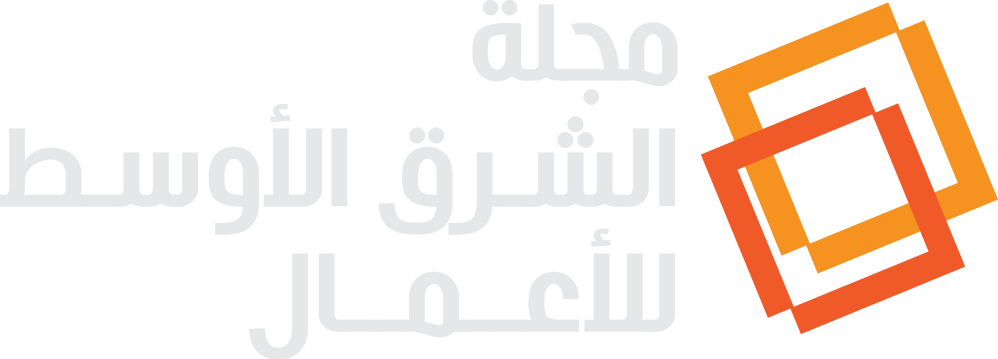Cost Is Still King
Why are business leaders so uneasy about the economy? There are plenty of reasons.
BCG’s annual survey of more than 570 global corporate leaders reveals that they are particularly concerned about geopolitical instability and are following global conflicts and trade tensions closely. They’re also looking for ways to respond to new tariffs and policy shifts enacted by the new US administration.
We found that 85% of executives were already moving to address potential market disruptions, with 31% saying they have launched contingency plans, such as tariff responses and supply chain redesigns.
Despite these concerns, cautious optimism persists, with some leaders looking for ways to innovate and grow. And with continuing uncertainty about interest rates and inflation, the use of new efficiencies will be central to this effort.
The Struggle to Hit Cost Targets
Just as it was in 2024 and 2023, cost is a primary focus for corporate leaders. But now one-third list it as their most critical priority—up 8 percentage points year on year.
Our respondents were only able to achieve an average of 48% of their cost-saving goals in 2024, and most say their companies have a tough time keeping up efficiencies for longer than two years. But they realize that lowering costs is vital to reaching their overall strategic objectives, and they aim to implement—and sustain—savings in 2025.
The companies finding success are tailoring their approaches—including optimizing supply chains and streamlining product portfolios for greater cost efficiency—to strengthen their unique competitive advantages. Some are making progress by transforming every component of the supply chain, from product development and planning to procurement, logistics, and warehousing.
The challenges are significant, including cultural resistance to cost-saving measures as well as the difficulty involved in changing a company’s structure and processes. But companies with an aligned culture and agile management tend to achieve up to 11% more efficient production processes, reducing the resources needed and therefore the costs allocated to them. It takes employee buy-in, clear communication, and leadership transparency to integrate cost awareness into daily operations.
From a short-term perspective, businesses need to manage costs and boost efficiency so they can free up cash and improve margins. But many leaders are determined to also invest in growth and expansion opportunities, including product innovation for the medium to longer term.
Among respondents, 67% plan to reinvest savings from their cost-reduction efforts into growth and innovation. Many plan to invest in AI and advanced analytics, seeing ways to speed up product development while cutting costs in customer service, sales and marketing, and other areas. Others expect to use their savings to support areas such as talent advancement, sustainability, and operational excellence.
Cost Management for Enduring Impact
Global business leaders are putting cost at the center, optimizing their supply chains and simplifying product portfolios—tailoring their efforts to find the best market positions for 2025 and beyond.
Effective cost management is a critical tool in transformational change, no matter the economic landscape. But with today’s uncertainties, it’s a more valuable strategy than ever.












